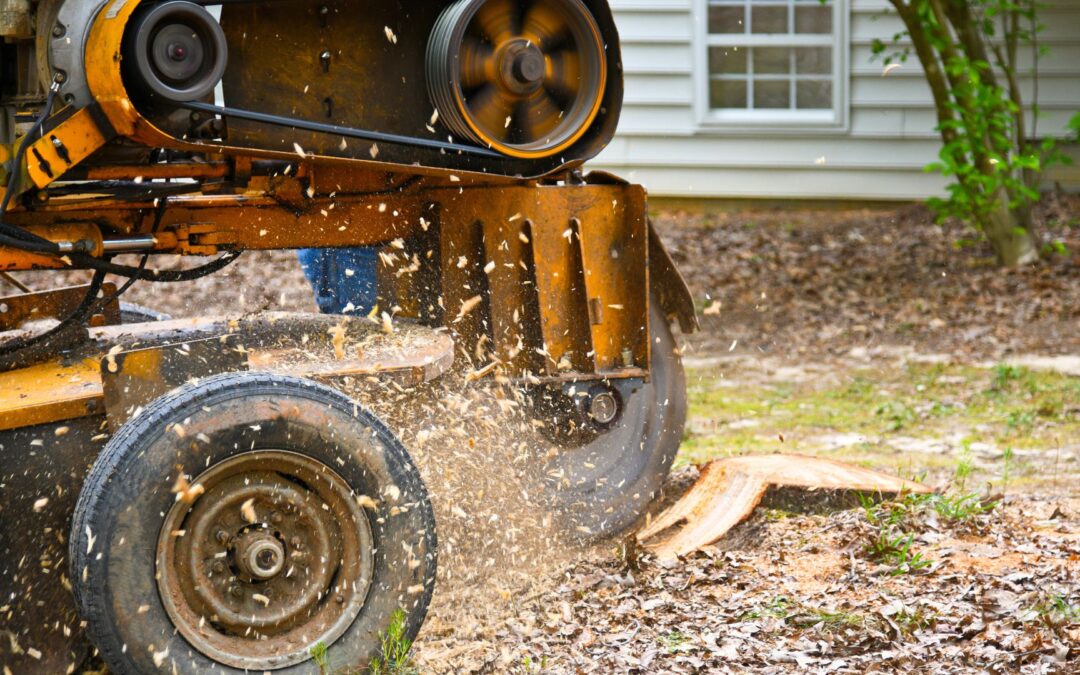Stump grinding is a process in which a tree stump is physically removed from the ground using a specialized machine. To determine if stump grinding suits all tree stumps, we must first understand what styles are typically encountered and how they are best addressed. Tree stumps can vary significantly in size, age, and species. Generally speaking, younger and smaller stumps tend to be easier to remove than older, larger ones due to their shallow root systems. Additionally, some species of trees have more complex root systems than others. Therefore, it is essential to assess the type of tree before attempting a stump grinding task.
Stump grinding machines come with various sizes and shapes of blades depending on the job at hand. If the job involves removing a large or old stump, a larger blade would be needed, whereas a smaller blade could be used for smaller stumps or shrubs; the depth at which the machine grinds will also depend on the size and age of the stump as well as its location about other nearby trees and structures. For example, if other trees close by may be damaged by an overly aggressive grinding session, then a deeper cut may not be recommended.
Not only does stump grinding require specialized machinery, but safety considerations must be taken into account when performing this work. Since these machines operate at high speeds, they can create dangerous flying debris, easily injuring bystanders or operators if proper safety protocols are not followed. Furthermore, loose dirt and rocks can become projectiles when propelled by these powerful machines, so protective eyewear should always be worn during such operations.
In addition to technical aspects of stump removal, environmental considerations must also be considered when deciding whether or not this type of service is suitable for any given situation. Stump grinding often leaves behind large amounts of sawdust, which can pose an environmental hazard if left unattended or improperly disposed of at the site through dumping or burning activities. Therefore, the contractor must have access to proper disposal facilities before commencing work to ensure that this waste material does not pollute local waterways or clog up storm drains, etc. In conclusion, while stump grinding is generally suitable for all types of tree stumps, an assessment must occur before any work takes place to ensure that health and safety regulations and environmental guidelines are adhered to throughout each project’s duration.

